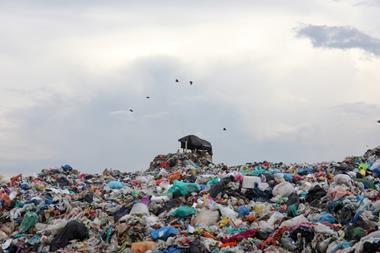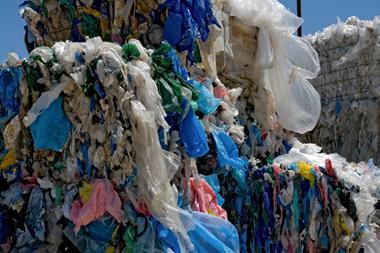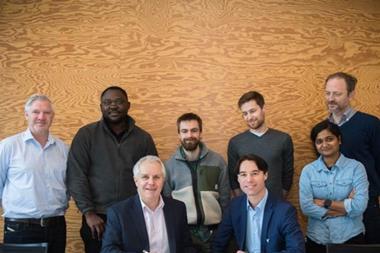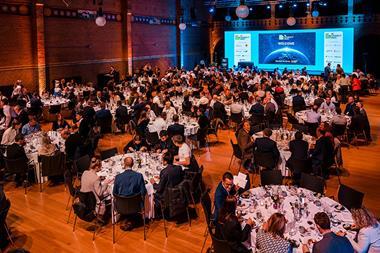In January this year, Ellen MacArthur Foundation published a set of Universal Circular Economy Policy Goals, with the aim of creating a common direction of travel in policy development for a faster transition to a circular economy. To find out what the goals mean for the packaging industry, we spoke with Carsten Wachholz, senior policy manager.
PE: Before we get into the guidelines themselves, I’d like to put them into context. How would you assess the current state of the circular economy in the packaging industry as it stands?
CW: A good starting point is that many sectors still think of the circular economy in terms of better recycling and waste management. That’s part of it, but it’s a bigger idea. The circular economy tackles the root causes of global challenges like climate change, biodiversity loss, and pollution. It’s also about redesigning the entire system – not just particular products or materials.
One of the key insights from our work is that rethinking packaging alone is not enough – the systems the packaging items are used in are also key. You often need to rethink the product and its delivery system to eliminate the need for packaging altogether.
So therefore, to talk about the state of the circular economy in the packaging industry may simply be too limited in terms of framing the challenge. Because, in doing so, we can focus too much on substituting one packaging material with another, with the view of maybe increasing recycling.
Nevertheless, when we look at plastics packaging, for instance, this narrow angle has definitely led to an increased effort to phase out some of the most problematic categories, such as polystyrene, PVC and undetectable carbon black. We also see significant progress being made by businesses to incorporate recycled content in some types of plastic packaging.
When we look at the bigger picture, it’s about the challenge to implement design changes; increasing the recyclability of plastic packaging overall and shifting to more reusable packaging. Here, we have seen limited progress up to now.
And that’s why we favour a comprehensive circular economy approach, as promoted through our Universal Circular Economy Goals, that looks at both the product and the underlying business model to either eliminate, innovate or circulate packaging for a specific purpose.
PE: To the new guidelines then: What is their purpose, and what do you think could be achieved if they were implemented in full?
CW: Again, it starts with the notion that many stakeholders, both in the policy sphere and in industry, consider the circular economy to be more relevant than ever. As all the challenges I mentioned before – like climate change, pollution, biodiversity and economic recovery – are interconnected, the solutions must be too. Achieving this necessitates the creation of a shared language and understanding, otherwise we will fail to create a common direction of travel and fail to make progress on policy alignment. Our five Circular Economy Policy Goals have been created to support this.
So, for each goal, we have identified policy measures that could support the delivery of that goal, but of course it’s not a precise recipe. That needs to happen in a specific context, geography, or sector, and for that, the paper invites collaboration between the different stakeholder groups, rather than laying out a prescriptive position or guidelines.
Ideally, if these goals were implemented in full, we would achieve better coherence of relevant policies between different governance levels and geographies. It could also reduce complexity on the regulatory side and transition costs if we manage to move major economic players in the same direction.
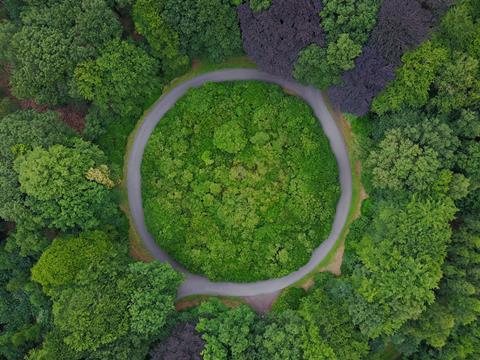
PE: Could you give us an overarching summary of the guidelines?
CW: We can start upstream of the value chain with goal number one, which focuses on stimulating the emergence of circular design for goods and services, but also for whole circular business models that keep inorganic and organic materials in use at the highest value possible.
This needs to be complemented by the systems further downstream in the value chain, which should move from a purely waste-focused perspective to a resource management-focused perspective in a way that preserves the materials and their value and reduces the need for virgin inputs.
Goal three is about getting the broader economic conditions right. To scale the circular economy so that it becomes the norm, businesses need economic incentives and regulatory requirements that move them away from linear models that are still currently dominating the system.
Finance has a key role to play, both from the public side but also enabling the private sector to make the right investments, and that’s what goal four focuses on.
Goal five is about becoming more practical and looking into the mechanisms that can support the mainstreaming of the circular economy principles into either existing or new policies. That goes across sectors and value chains, and requires collaboration between the public and private spheres to remove barriers, develop new policies and align on existing ones.
PE: Can you drill down into some of the key points and recommendations, especially the ones that relate to the packaging sector?
CW: These goals don’t provide precise recipes for each sector – they describe key policy measures that support those goals. So, if we look at the first goal, this could include creating standards to harmonize packaging products and systems to facilitate collection and recycling across geographies. It certainly could also go into banning some of the most problematic packaging items or setting mandatory minimum levels of recycled content for specific types of packaging.
In terms of goal two, this would involve policies that aim to further drive up collection rates, mandatory separate collection schemes, deposit return systems that could also be included as part of a broader EPR scheme.
On making the economics work, I think this is the goal that is probably most underdeveloped, because it fits into the discussions around what kind of economy we want to have and how we tailor the conditions to it. In our view, this should obviously include disincentivizing non-circular outcomes through actions like landfill taxes and bans. It could also be about incineration gate fees, which in our view are not part of the circular economy, or a tax on virgin resources.
But it could also positively incentivize circular and other environmental outcomes, for example through greenhouse gas emission pricing mechanisms, and value-added tax reductions for reuse or recycling activities or equipment. This would certainly involve a shift away from subsidies for finite material consumption, and using public procurement to grow new markets for circular solutions.
On the investment side for packaging, we are probably talking more about markets outside Europe and industrialized countries, but there is a lot of need to create new instruments for blended finance mechanisms to pre-mobilize private capital for all the investment that needs to go into new sorting and recycling technologies and research funds.
Finally, for goal five, this is about working together across the public and private sectors when developing roadmaps to eliminate packaging waste, and aligning ambitions for economy-wide reuse systems. It’s also about creating a common direction of travel for joint innovation agendas to at some point realize the vision of making all packaging solutions 100% recyclable, reusable or compostable.
PE: Let’s talk about putting the goals into practice – how might this work in a structure like the EU, where a balance needs to be struck between national and federal governments?
CW: When it comes to the EU, we can build on a quite comprehensive circular economy action plan as part of the larger European Green Deal, and a lot of horizontal measures have at least been defined and are currently being mainstreamed into either existing regulations or into new policy areas, such as sustainable finance.
On plastics specifically, the EU adopted a plastics strategy in 2018 which outlined policy actions foreseen for the most relevant sectors, including packaging. The Universal Circular Economy Policy Goals obviously call for increasing policy coherence and alignment across the different governance tiers. So, that’s starting from local, where a lot of collection systems are set up, to regional, national and federal level, as well as supernational and international discussions.
It’s a no-brainer for the EU single market to be at the core of the policy discussions on scaling circular economy solutions for packaging. And, rightly, the ongoing revision of the EU packaging waste directive aims at making packaging all packaging recyclable or reusable by 2030. And if you look at the emphasis that the Commission puts on design requirements, we think this is going in the right direction.
In addition, we also look forward to the upcoming guidelines on Extended Producer Responsibility schemes, because that lies within the remits of the EU member states.
Finally, we believe that the Universal Circular Economy Policy Goals showcase an integrated approach that can shape international policy response to, for instance, a new UN treaty to address plastic pollution.

.png)
